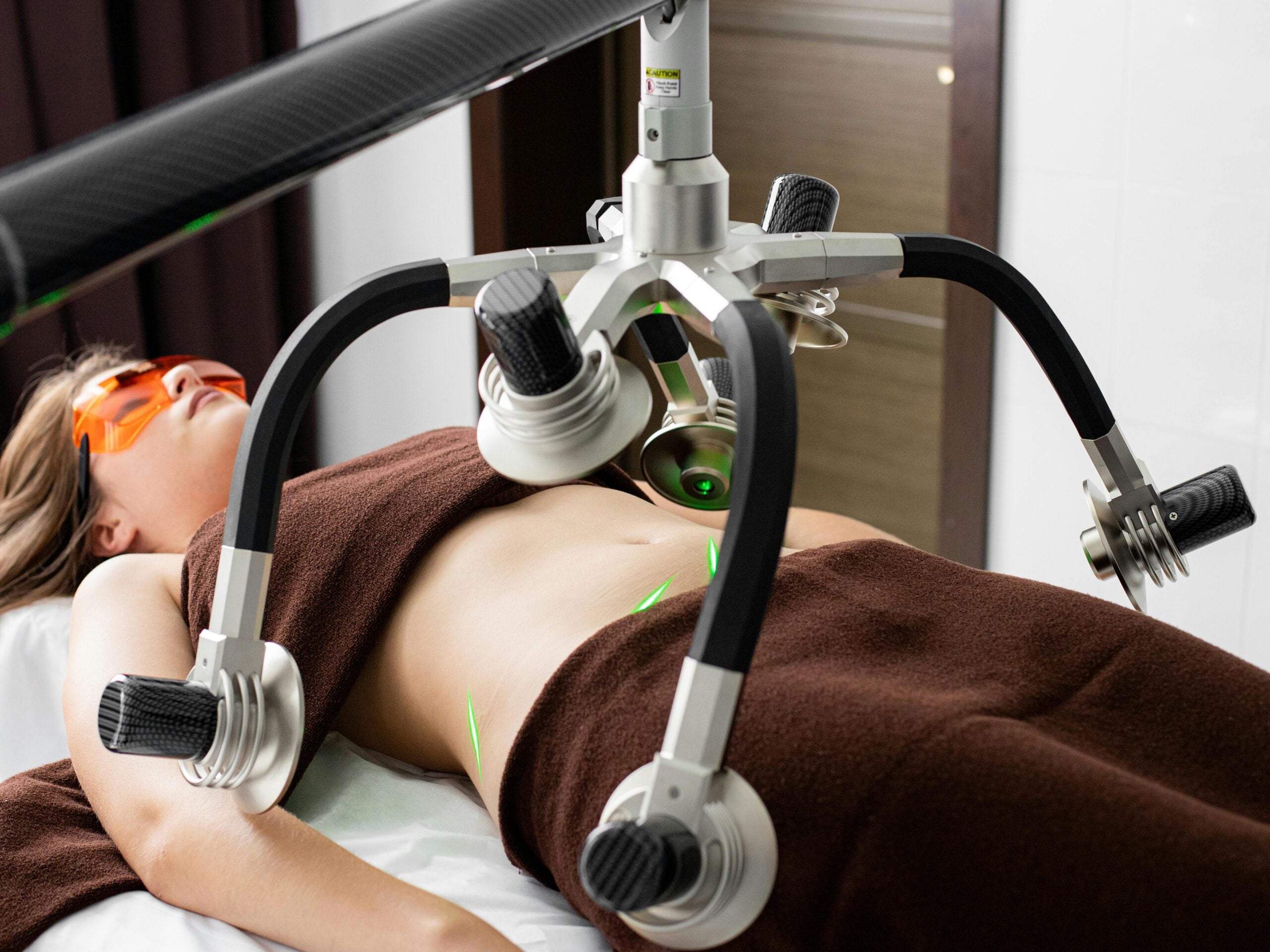
Perineorrhaphy Surgery: Who Needs It, and How It Helps Improve Pelvic Health
Perineorrhaphy surgery has become an increasingly recommended procedure for women who experience postpartum perineal trauma, pelvic floor weakness, or discomfort […]
Liposuction, also known as lipo, is a widely sought-after cosmetic surgery designed to remove excess fat from specific areas of […]

Liposuction, also known as lipo, is a widely sought-after cosmetic surgery designed to remove excess fat from specific areas of the body. This detailed guide will delve into everything you need to know about liposuction, including the different types, ideal candidates, the procedure, recovery, risks, costs, leading countries for the surgery, and alternative methods.
Liposuction is a surgical procedure that targets and removes localized fat deposits that are resistant to diet and exercise. It aims to reshape and contour specific areas of the body, rather than serving as a weight-loss method.
This involves the use of a cannula (a thin tube) and a vacuum device to suction out fat. It requires either general or local anesthesia.
The most common technique, this involves injecting a large volume of diluted local anesthetic into the fatty tissue before removal, which helps to minimize blood loss and bruising.
UAL uses ultrasound waves to liquefy fat, making it easier to remove. It’s particularly useful for treating fibrous areas such as the back or male breast tissue.
LAL uses laser energy to liquefy fat cells, which are then suctioned out. This method can also promote skin tightening.
PAL utilizes a vibrating cannula to break up fat cells, making the suction process quicker and more efficient, and reducing the physical strain on the surgeon.
Liposuction is suitable for individuals who:
Age
Liposuction can be performed on adults of nearly any age, but the best results are often seen in younger patients with good skin elasticity. Older patients may experience less optimal results due to decreased skin elasticity.
Gender
Both men and women can benefit from liposuction, although common treatment areas may differ. Women often target the thighs, hips, and abdomen, while men frequently focus on the waist, chest, and back.
The liposuction procedure generally includes the following steps:
Pain and discomfort are normal during the recovery period. Most patients experience soreness, swelling, and bruising for several weeks. Pain can be managed with prescribed medications and by adhering to post-operative care instructions.
Recovery time varies depending on the extent of the procedure and the individual’s health:
Post-operative medications may include:
Like any surgical procedure, liposuction carries risks, including:
The cost of liposuction varies widely depending on the location, surgeon’s experience, and the extent of the procedure. Here are some general cost estimates by country:
1. Turkey
Known for its affordable yet high-quality cosmetic procedures, Turkey attracts many medical tourists seeking liposuction. The country offers experienced surgeons and modern facilities.
2. Iran
Iran is emerging as a popular destination for liposuction due to its highly skilled surgeons and competitive pricing.
3. United Arab Emirates (UAE)
The UAE, particularly Dubai, is known for its luxury healthcare services and advanced medical technology, making it a sought-after destination for cosmetic surgery.
Ideal candidates for liposuction should have realistic expectations and understand that it is a body contouring procedure, not a weight-loss method. They should be in good health, within a stable weight range, and have specific areas of localized fat that are resistant to diet and exercise.
Preparing for liposuction involves several steps:
During recovery, patients can expect:
Liposuction is not a weight-loss method. The amount of fat removed is typically around 5-10 pounds per session. The goal is to contour and shape the body, not to achieve significant weight loss.
Cryolipolysis, commonly known as CoolSculpting, is a non-surgical fat reduction treatment that freezes and destroys fat cells. It’s an alternative to liposuction for those who prefer non-invasive procedures.
In addition to cryolipolysis, other fat reduction methods include:
Continuous advancements in liposuction techniques and technology aim to improve safety and outcomes. Current research focuses on:
1. Is Liposuction Painful?
Post-operative pain is common and can be managed with medications prescribed by your surgeon. Most patients experience soreness similar to that after a vigorous workout.
2. Will Liposuction Leave Scars?
Liposuction incisions are small and strategically placed to minimize visible scarring. Scars typically fade over time and are often barely noticeable.
3. How Long Do Liposuction Results Last?
Liposuction results can be long-lasting if you maintain a stable weight and healthy lifestyle. However, weight gain can affect the results.
4. Are There Any Alternative Treatments to Liposuction?
Yes, non-surgical alternatives like cryolipolysis (CoolSculpting), laser lipolysis, and radiofrequency lipolysis are available. These methods are less invasive but may require multiple sessions to achieve desired results.
5. How Much Does Liposuction Cost?
The cost of liposuction varies by country and the extent of the procedure. It ranges from $1,200 in Iran to $8,000 in the United States.
6. Which Areas of the Body Can Be Treated?
Common areas treated by liposuction include the abdomen, thighs, hips, buttocks, arms, back, and neck.
7. Is Liposuction Suitable for Both Men and Women?
Yes, liposuction is suitable for both men and women, though common treatment areas may vary.
8. How Should I Prepare for Liposuction?
Preparation involves a medical evaluation, following pre-operative instructions, quitting smoking, and arranging transportation and post-surgery care.
9. Can I Transfer Fat from One Area to Another?
Yes, in procedures like fat transfer or fat grafting, fat removed via liposuction can be purified and reinjected into other areas, such as the buttocks (Brazilian butt lift) or face.
Liposuction is a highly effective body-contouring procedure that helps individuals achieve their desired body shape. Understanding the types, risks, recovery process, and appropriate candidates is crucial for making an informed decision. With advancements in medical technology, the procedure is becoming safer and more efficient, offering better outcomes for patients. Whether considering liposuction in your home country or abroad, thorough research and consultation with experienced professionals are essential to ensure the best results.
Summary